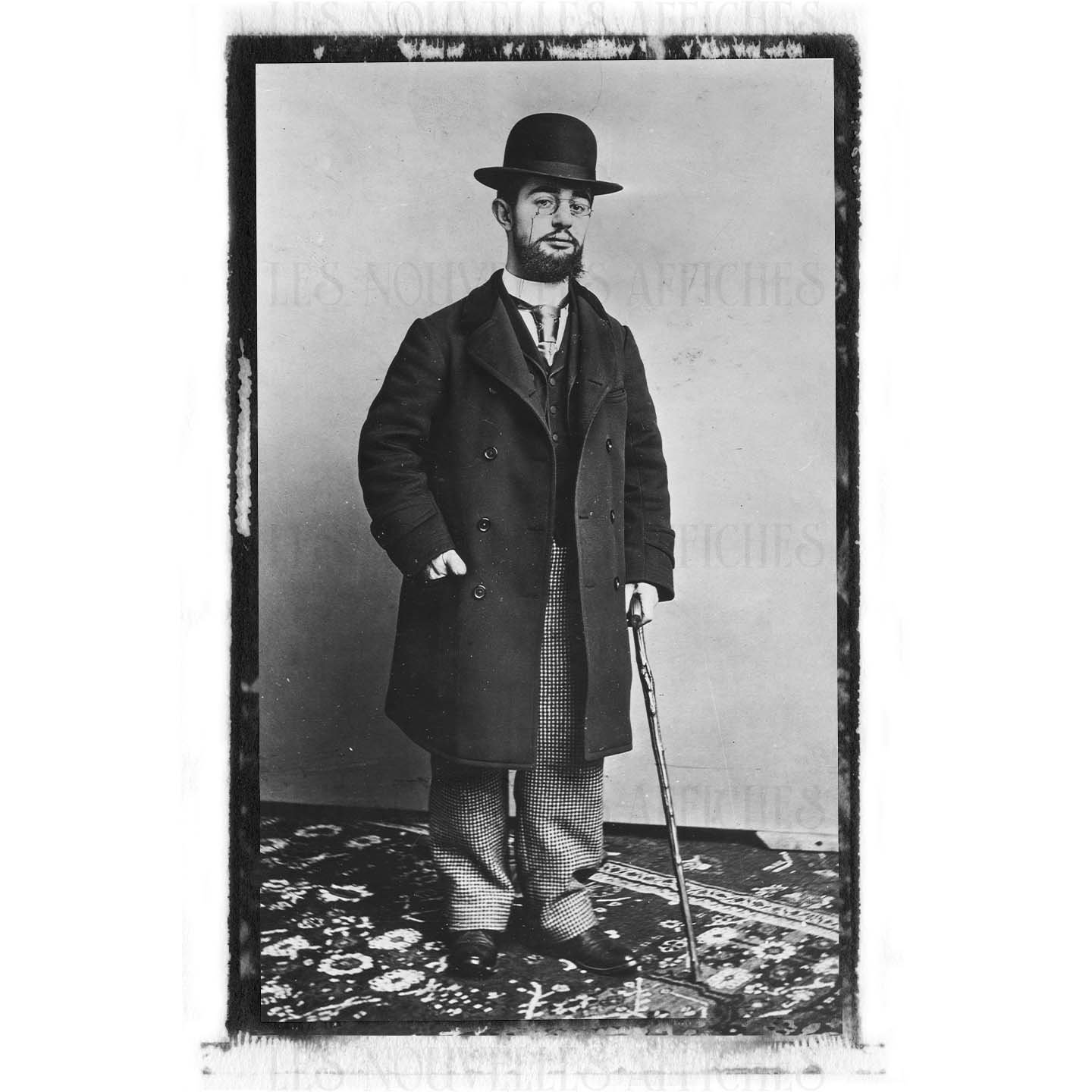Artist Profile: Henri de Toulouse-Lautrec
Henri Marie Raymond de Toulouse-Lautrec-Monfa was a prominent French painter, printmaker, and illustrator who lived during the late 19th century. He was born on November 24, 1864, in Albi, a picturesque town in the South of France, into an aristocratic family with a rich history. However, his life would take a markedly different course from the one expected of a young aristocrat.
Henri de Toulouse-Lautrec was born with a rare genetic disorder, known as pycnodysostosis, which resulted in fragile bones and stunted growth. His health was fragile from birth, and he suffered numerous fractures throughout his life, leaving him with a height of only about 4 feet 11 inches (150 cm). This condition isolated him from his peers and compelled him to seek solace in art from a young age.
In 1882, Toulouse-Lautrec moved to Paris, the epicenter of the art world during the late 19th century, to pursue a career as an artist. He enrolled at the prestigious Académie Julian and quickly immersed himself in the bohemian and avant-garde circles of Montmartre, a neighborhood renowned for its vibrant nightlife, cabarets, and artists' studios. Here, Toulouse-Lautrec found inspiration in the unconventional and the marginalized, including cabaret performers, dancers, prostitutes, and other denizens of the Parisian underworld.
His distinctive artistic style emerged as he developed a talent for capturing the essence of the characters and scenes that fascinated him. He embraced the bold colors, dramatic contrasts, and flattened perspectives of Post-Impressionism and adopted a printmaking technique known as lithography, which allowed him to produce a significant body of work that would become highly influential.
Toulouse-Lautrec's most famous works include posters for the Moulin Rouge cabaret, featuring iconic performers like Jane Avril and Aristide Bruant. These posters not only revolutionized advertising but also immortalized the vibrant spirit of the Belle Époque in Paris.
Despite his own personal struggles with alcoholism and the physical challenges of his condition, Toulouse-Lautrec remained prolific throughout his brief life. He produced paintings, posters, lithographs, and drawings that captured the energy, sensuality, and humor of Parisian nightlife. His works often featured innovative compositions and an intimate perspective, drawing viewers into the world of the performers he portrayed.
Tragically, Henri de Toulouse-Lautrec's life was cut short when he succumbed to complications from alcoholism and syphilis at the age of 36, on September 9, 1901. Nevertheless, his impact on the art world endured long after his death. Today, his works are celebrated for their pioneering contributions to the development of modern art and their profound influence on subsequent generations of artists. Henri de Toulouse-Lautrec's legacy lives on as a testament to the power of art to transcend physical limitations and capture the essence of an era.


